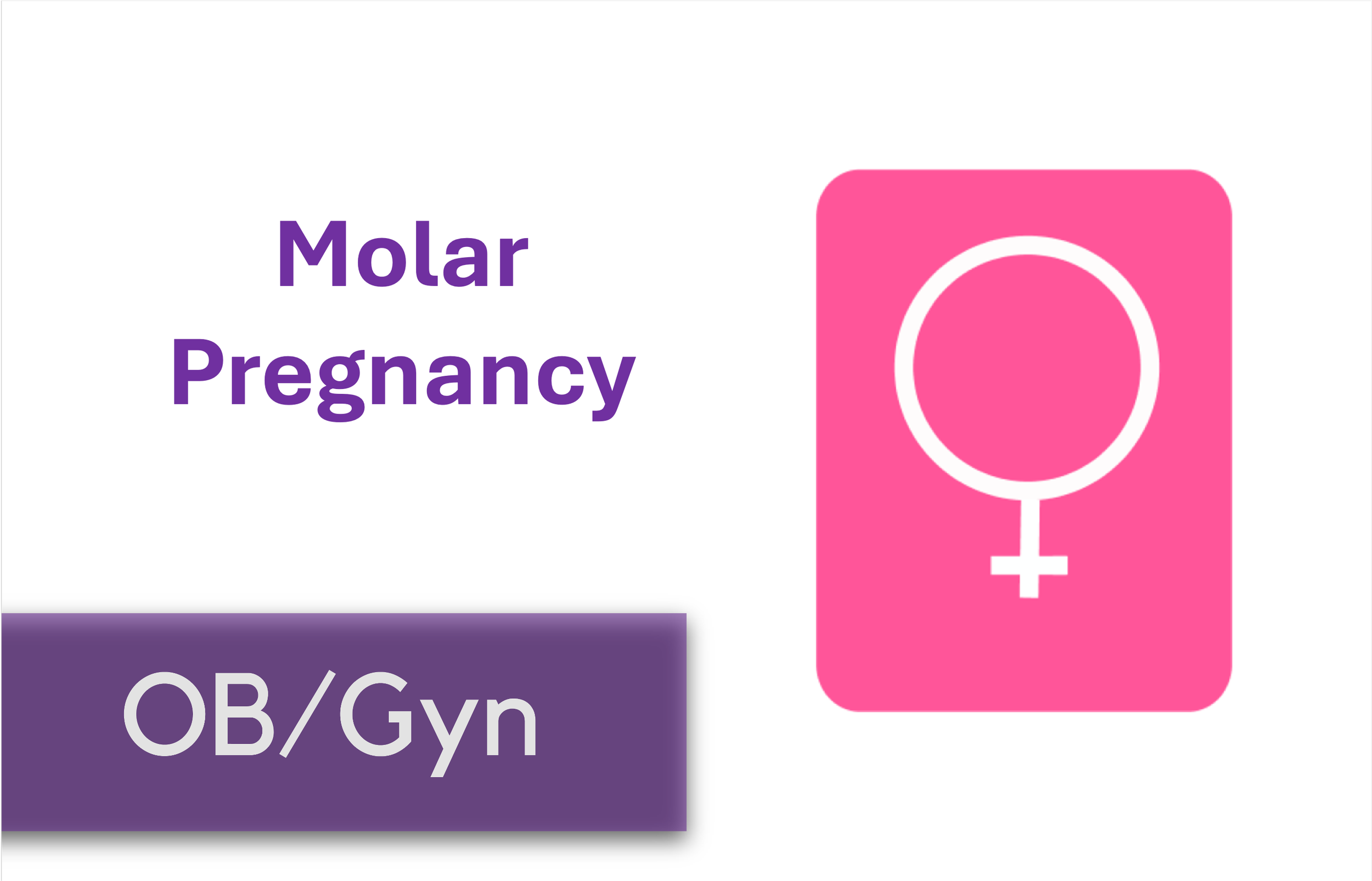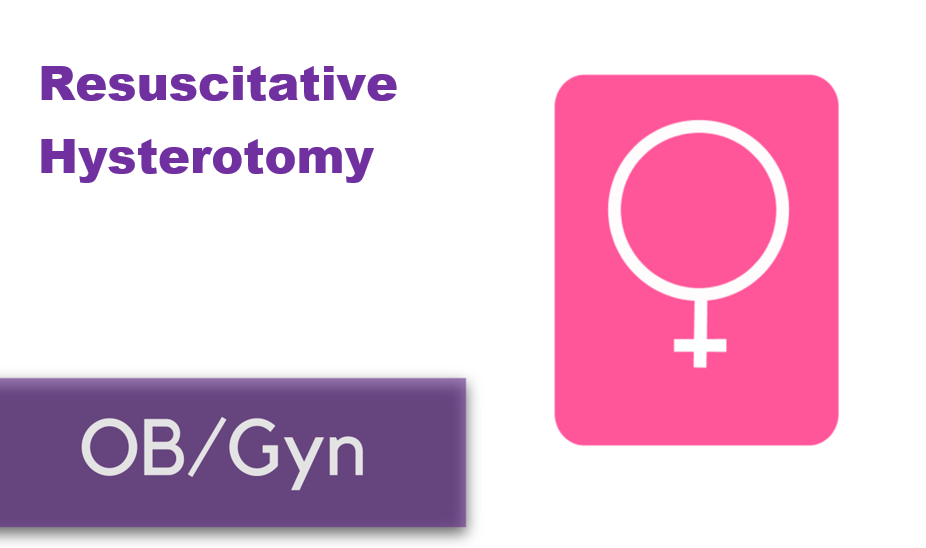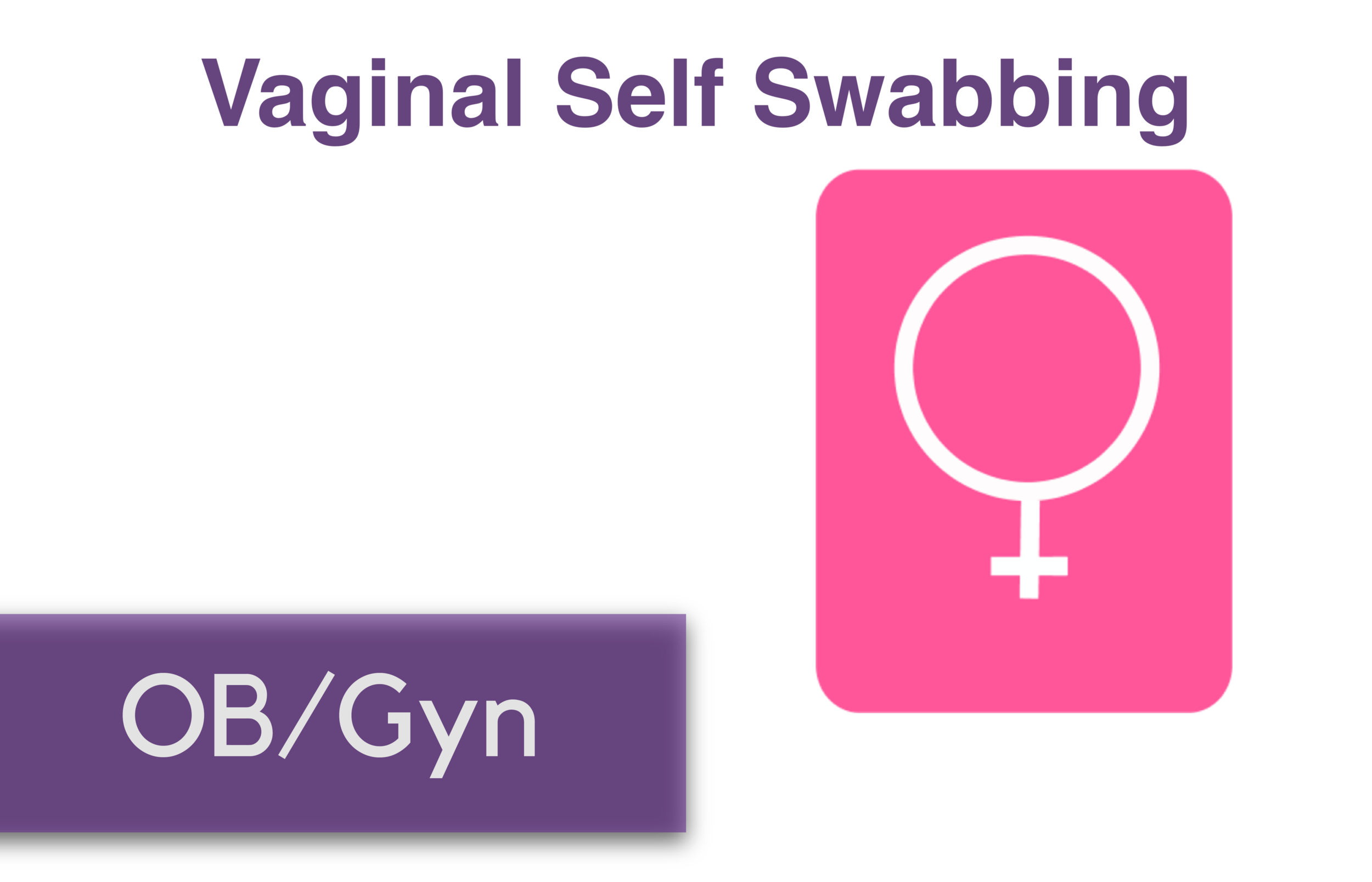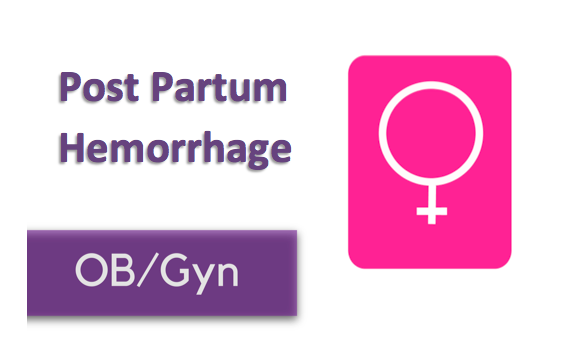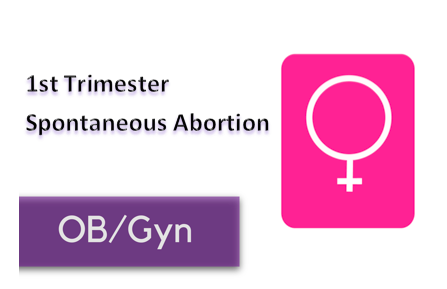Written by: Logan Wedel, MD (NUEM PGY-3) Edited by: Jason Chodakowski, MD (NUEM ‘20) Expert Commentary by: Erin Lareau, MD
ED track board reads: 24 F *****, CC: SA
• Unfortunately, this is not an uncommon complaint we see in the ED
• Stay engaged, and prepare for a prolonged patient stay
Sexual Assault has reached Epidemic Proportions in the United States and Globally
19.3% of women and 1.7% of men are raped at some point in their lifetime
Of female rape victims, 78.2% have their first experience of rape before the age of 25 Recent data suggests estimated cost is $122,461 per rape victim .
In one study it was found that alcohol/substance abuse was involved in over 50% of cases.
Only a small proportion of victims present to the emergency department
When they do the we play a vital role in treating injuries, providing prophylaxis, and collecting evidence that can be used to apprehend the attacker
It is not our role to judge the validity of the patient's accusations, to identify the attacker, nor file a police report. The latter is at the patient's discretion.
The process will be time consuming but these patients deserve our full attention: minimize distractions, sit down, provide deep empathy, and give them the space to tell their full story.
Perhaps most importantly you must provide patients with what was violently take from them: a sense of control and safety.
Step 1: Obtain History
Time and Location
Exact details if able to remember
Identity of the Attacker (if known) Number of individuals
Possible identifying information
Specific Encounter Details - Use Patient Quotes Penetration (vaginal, anal, oral)
Ejaculation?
Condom use?
Use of other foreign bodies?
Licking, kissing, biting?
Post Assault Activities
Shower, urination, defecation?
Did they change their tampon, diaphragm, or clothing? Any oral intake or vomiting?
Patient's Medical History
HIV and Hepatitis B status and vaccination
Recent consensual sexual encounters
Step 2: Physical Exam
General Physical Exam
Immediate and acute interventions always take precedent
Pelvic and GU exam
Can be done with Evidence Collection Kit If patient consents
Detailed skin and soft tissue exam
Again can be conducted with Evidence Collection
Step 3: Medical Management
Always tend to trauma first
Primary and Secondary surveys
Workup traumatic injuries (XR / CT / FAST)
Baseline Labs and Blood draws
CBC, CMP, LFT's, UA, Urine Pregnancy, HIV
Offer Medical Advice and Inform patient of Risks, and Potential Prophylaxis Options
High Risk (By Prevalence) --> Empiric Treatment
Chlamydia: 528.8 per 100,000 -> Azithromycin 1g PO
Gonorrhea:171.9 per100,000 -> Ceftriaxone 250mg IM
Trichomonas: 3.1% -> Metronidazole 2g PO
Bacterial V.: 29.2% -> Metronidazole 2g PO
Lower Risk--> PEP options
HIV: 0.1% vaginal / 2.0% Anal ->
Emtricitabine/Tenofovir 200/300mg PO: 1 tab QD
Raltegravir 400mg PO: 1 tab BID
Hep B: <1% ->
Hep B vaccine Series: Now, 1-2m, 4-6m
Hepatitis C : < 1% -> No known prophylaxis
Syphilis: 9.5 cases per 100,000 ->
RPR test at 6wks, 3m, 6m
PenicillinG2.4millionUIM
Pregnancy Risks
Dependent on Ovulatory Cycle:
3 days before ovulation: 15%
1-2 days before ovulation: 30%
Day of ovulation: 12%
1-2 Days after Ovulation: 0%
Emergency Contraception
Only if Urine Pregnancy Test Negative
Levonorgestrel 1.5mg PO
Step 4: Evidence Collection Kit --Best if within 72 hours
Obtain patient consent
Verbal Consent to Contact "Rape Victim Advocate"
Signed Consent for Sexual Assault Evidence Kit
Police must be Contacted//However patient does not have to talk with authorities
Patient can also decide to refuse evidence collection at any time
AppropriateAttire
Gloves,Gown,HairRestraint
Collect Articles of Clothing
Patient undresses on a sheet, which is supplied in the kit
Anything worn at the time of assault
Underwear: worn at the time, or up to 72hrs after
Individual Articles of Clothing in Separate Areas
Place Individually in collection bags, sealed with evidence tape
Medical/ForensicDocumentation
ObtainedDuringOriginalPatientHistory
Key Aspects as Documented Above
DetailedPhysicalExam
Head to Toe Inspection and Palpation
Documentation of ANY Injuries--size, location, color, pattern
If Significant, Notify Police to Have Evidence Tech Obtain Photographs
Genital/AnalExam
Normal Speculum Examination, with Detailed Documentation
Note Discharge, Bleeding, Stains, Semen, Foreign Material, Trauma
Detailed Description of all Anatomy in Male/Female GU Area
Swab Genital / Anal area if Contact Occurred (Lubricate with Sterile Water)
Note: Do Not Collect G/C or BV Swabs, Unless Patient is 10 Days out or Having Symptoms
Offer Empiric Treatment
Collection Specimens
Oral Specimens (4 Total)
Swabs: Tongue, Gum Line, Recessed Areas
Head Hair Combings
From Different Areas of Head
Place Comb with the Hair into Paper Sheet
Fingernail Specimens
Wood Stick to Scrap under Nails
Miscellaneous Bite Marks / Stains
Swab Area, Label Accordingly
Patient Blood on Filter Paper
Obtains Drops of Blood for Filter Paper
Pubic Hair Combings
Comb out Hair onto Supplied Paper
Cut Hair if Matted
Genital / Anal Swab (4 total)
Swab External Genital/Anal Area--Sterile Water to Lubricate
Follow Up Appointments and Safety Assessment
Prior to ED Discharge
Write for 28 day supply for HIV PEP: Medications as above
Primary Care Physician
Arrange for close follow up with PMD, ideally within 1 week
Send referral if patient is without a primary care physician
OB-GYN
In order to monitor potential GU trauma
HPV / STD surveillance
Infectious Disease
Within 5 days in HIV PEP is started--Due to potential toxicity
Close monitoring of liver function
Repeat testing as below
On-Going Screening / Laboratory Work --Per ID / Primary Care
HIV: at 6 weeks, 3 months, 6 months
Hepatitis B: 2nd Vaccination at 3 months / 3rd at 6 months
Hepatitis C: at 3-6 months
Syphilis: at 6 weeks and 3 months
Safety Assessment
If at risk for being assaulted again, strongly encourage patient's file a police report although this remains the patient's choice
If potentially unsafe going home provide resources for shelters
If social work isn't involved yet get them involved
Expert Commentary
This is a great summary of current epidemiology and ED clinical practices surrounding the care of sexual assault patients. To reiterate and expand upon your synthesis:
• Sexual assault is an extremely common traumatic injury that is underreported to physicians.
• Sexual assault victims may have multiple traumatic injuries, acute psychiatric needs, and complex social needs. A multidisciplinary approach to their care is often helpful, and necessary to reduce further psychological stress associated with the emergency department exam experience after an assault.
• Recently, the US Department of Justice has published guidelines for training forensic examiners of sexual assault patients, including sexual assault nurse examiners (SANEs) and sexual assault forensic examiner (SAFE). These professionals are specially trained to provide care for sexual assault patients, and to perform the evidence collection. They are often also trained in forensic photography. SANEs typically manage the entirety of the patient encounter. This includes coordination of prophylactic medications and proper follow up. Illinois currently has a program to train all RNs on the sexual assault exam, and requires a SANE nurse to be available in the ED.
• There are additionally trained SANE/SAFE providers who also specialize in adolescent/pediatric sexual assault forensics. These providers should be called upon when available for all children suffering from sexual assault, as there is a higher risk for additional trauma surrounding the exam in these populations.
• Our job as physicians should therefore focus on:
Identifying and treating additional medical or traumatic injuries
Counseling patients on prophylactic medication - as indicated by the exposures which you noted above
Reviewing expectations and follow up
Collaborating with our SANE colleagues, volunteer rape victim advocates, pharmacists, police departments, and social workers.
And as always, we should provide compassion and symptom relief to these patients undergoing an overwhelming traumatic event.
References:
http://www.illinoisattorneygeneral.gov/victims/sane.html. Accessed 2/12/2020
https://www.justice.gov/ovw/page/file/1090006/download. Accessed 2/12/2020
Erin Lareau, MD
Assistant Professor of Emergency Medicine
Northwestern Medicine
How To Cite This Post
[Peer-Reviewed, Web Publication] Wedel L, Chodakowski J. (2020, June 29). Chief complaint: sexual assault [NUEM Blog. Expert Commentary by Lareau E]. Retrieved from http://www.nuemblog.com/blog/chief-complaint-sexual-assault
Other Posts You May Enjoy
Resources
Avegno, Jennifer, MD et al. "Violence:Recognition,Management,Prevention Sexual Assault Victims in the Emergency Department: Analysis by Demographic and Event Characteristics."
The Journal of Emergency Medicine, Vol. 37 No. 3. 2009, pp. 328-344“BacterialVaginosisStatistics." Center for Disease Control and Prevention U.S. Department of Health & Human Services.
Breiding, Matthew J, PhD eta l. "Morbidity and Mortality Weekly Report: Prevalence and Characteristics of Sexual Violence, Stalking, and Intimate Partner Violence Victimization." Center for Disease Control and Prevention, U.S. Department of Health & Human Services.
Chisholm, Christian A. MD, et al. "Intimate Partner Violence and Pregnancy: Epidemiology and Impact." American Journal of Obstetrics & Gynecology Vol 217. No. 2. 2017, pp 141-144.
HIV/AIDS:HIVRiskFactors. Center for Disease Control and Prevention, U.S. Department of Health & Human Services.
"Northwestern Memorial Hospital Department of Emergency Medicine Clinical Care Guideline: Sexual Assault." https://access.nmh.org/f5-w- 68747470733a2f2f6e6d692e6e6d682e6f7267$$/wcs/blob/1390883725624/clinical -care- guideline-sexual-assault.pdf.
"Preventing Sexual Violence." Center for Disease Control and Prevention, U.S. Department of Health & Human Services.
"Sexually Transmitted Disease Surveillance 2017: Chlamydia." Center for Disease Control and Prevention U.S. Department of Health & Human Services.
"Sexually Transmitted Disease Surveillance 2017: Gonorrhea." Center for Disease Control and Prevention U.S. Department of Health & Human Services.
"Sexually Transmitted Disease Surveillance 2017: Syphilis." Center for Disease Control and Prevention U.S. Department of Health & Human Services.
Sugg, Nancy MD, MPH. "IntimatePartnerViolence: Prevalence, Health Consequences, Intervention." Medical Clinics of North America, Vol.99, No. 3 2015, pp.629-649.
"Trichomoniasis Statistics." Center for Disease Control and Prevention, U.S. Department of Health & Human Services. https://www.cdc.gov/std/trichomonas/stats.htm






